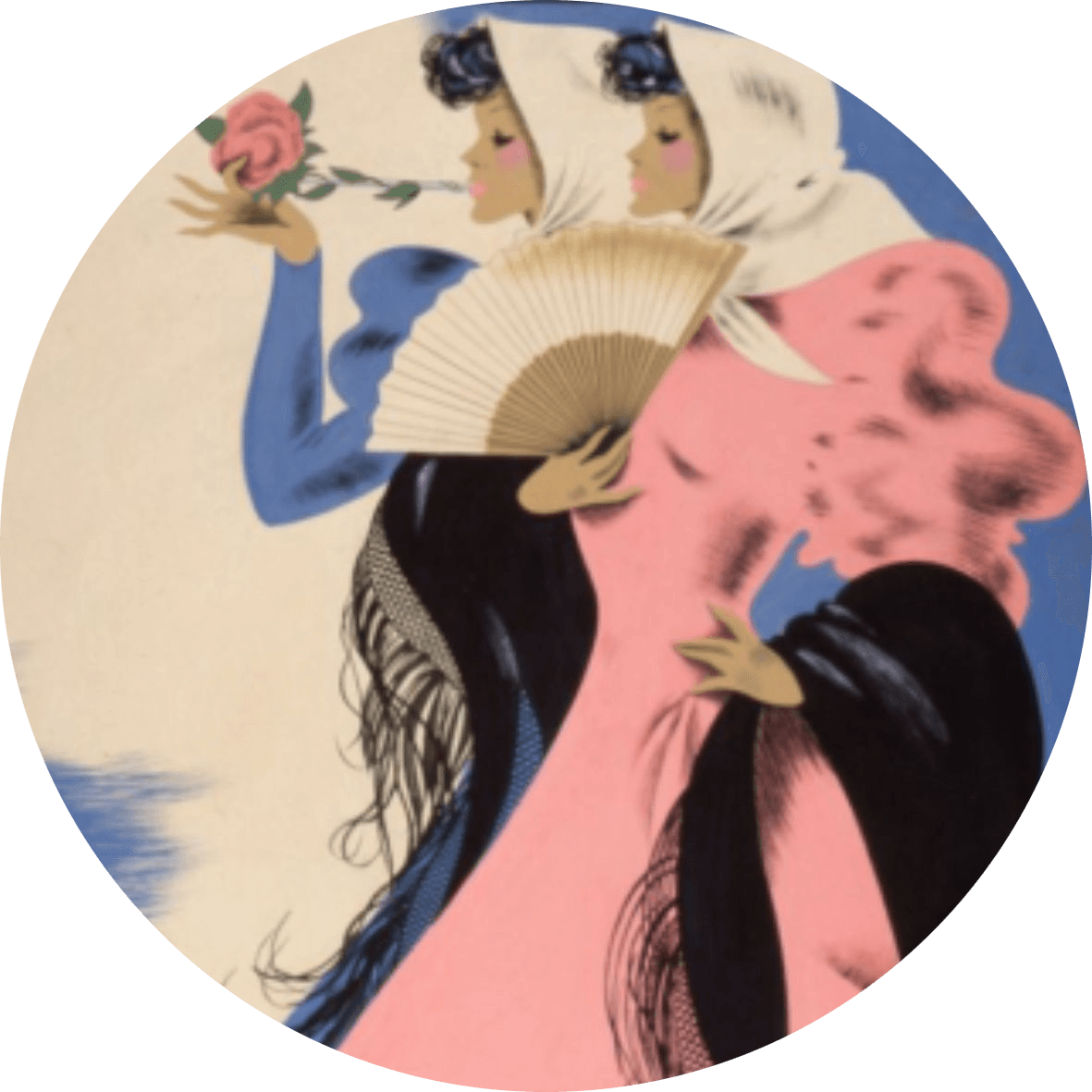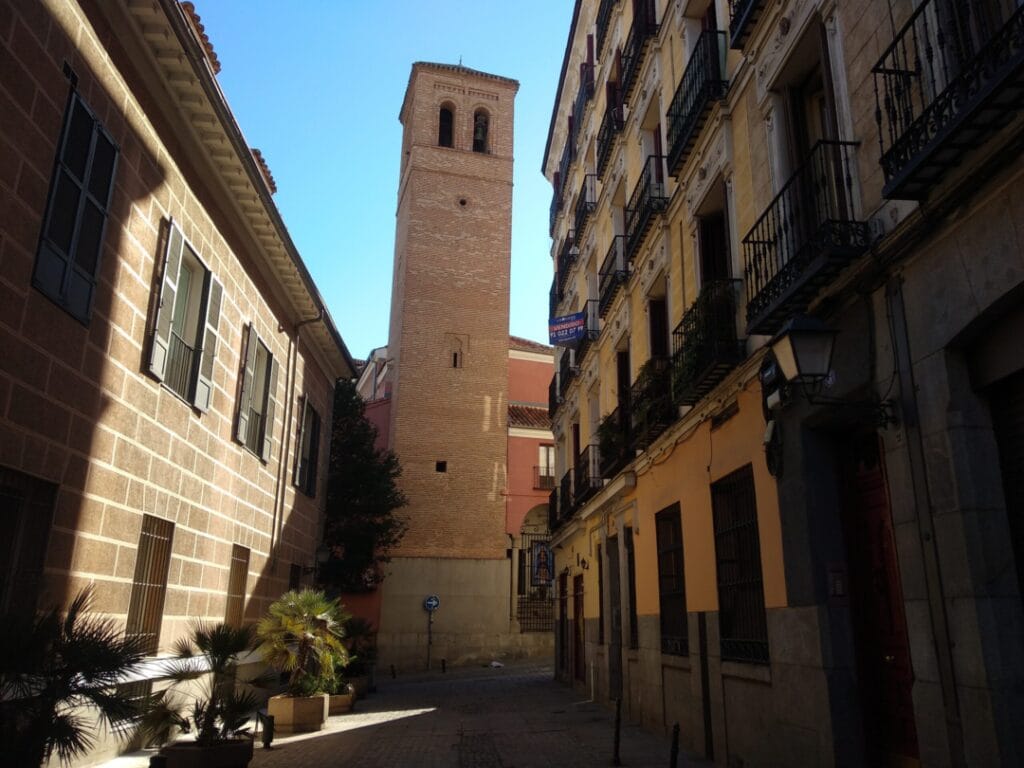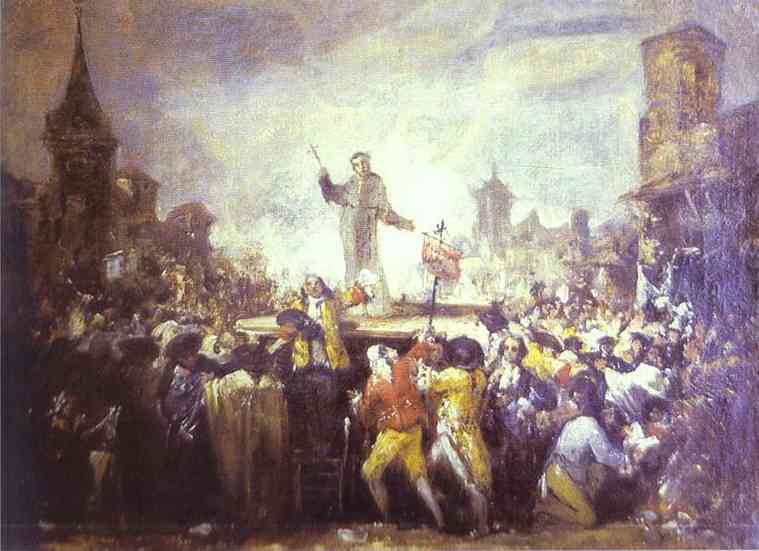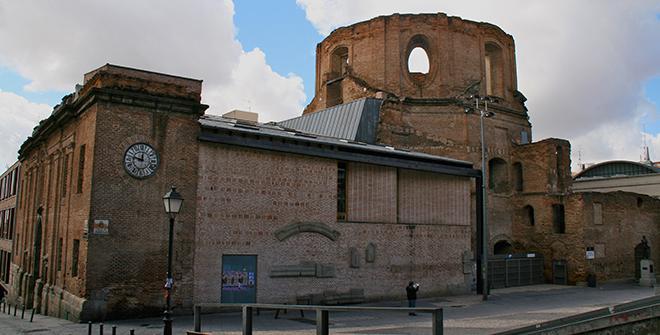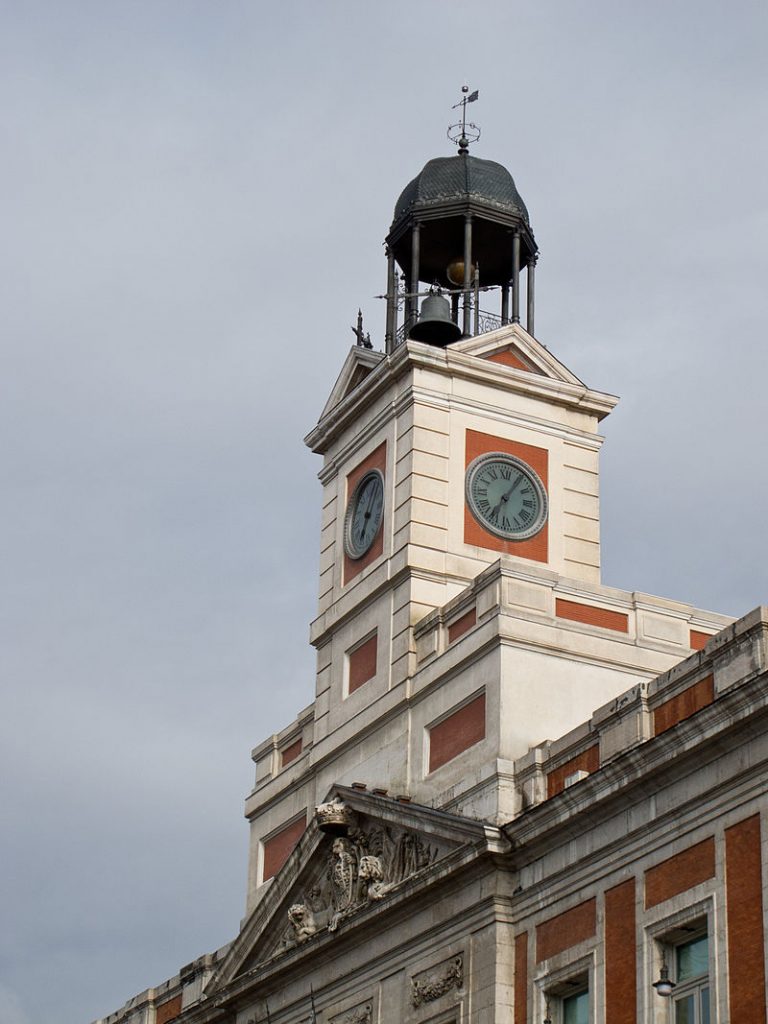San Pedro el Viejo and Madrid’s Muslim past
Legends about Madrid’s dark past have long echoed through the city’s medieval streets, giving us flashes of insight into the city’s collective psyche. One of these legends involves a church nestled in the heart of historic La Latina. San Pedro el Viejo (or San Pedro el Real) sits on the site of what was once the main mosque for Madrid’s morería or Muslim district. After this population dwindled, the church was built to commemorate King Alfonso XI’s victory in the Battle of Algeciras in 1344. The siege of the Muslim city was part of the long-drawn-out demise of Al-Andalus, which culminated in the conquest of Granada in 1492.
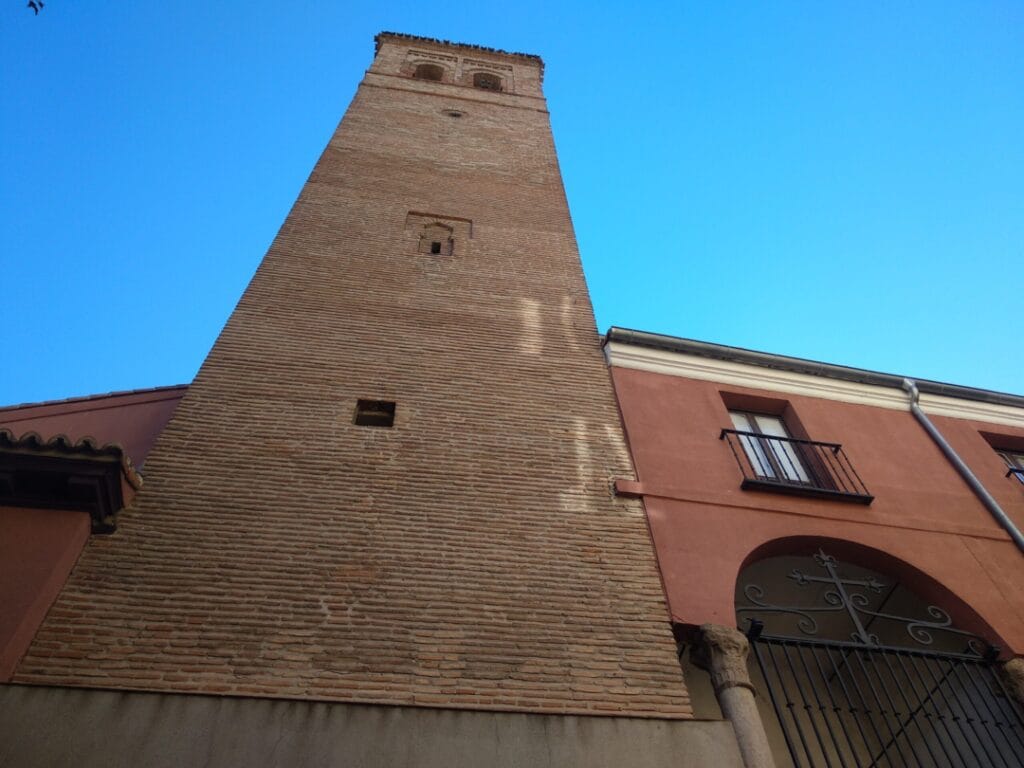
While the building of San Pedro el Viejo bears witness to Madrid’s transition to Christianity, the church’s square tower is also a reminder of Madrid’s Muslim past. Built in the Mudéjar style that drew its roots from North African Islamic architecture, the 14th-century tower with its horseshoe arches and distinctive brickwork, is the oldest remaining part of the church.
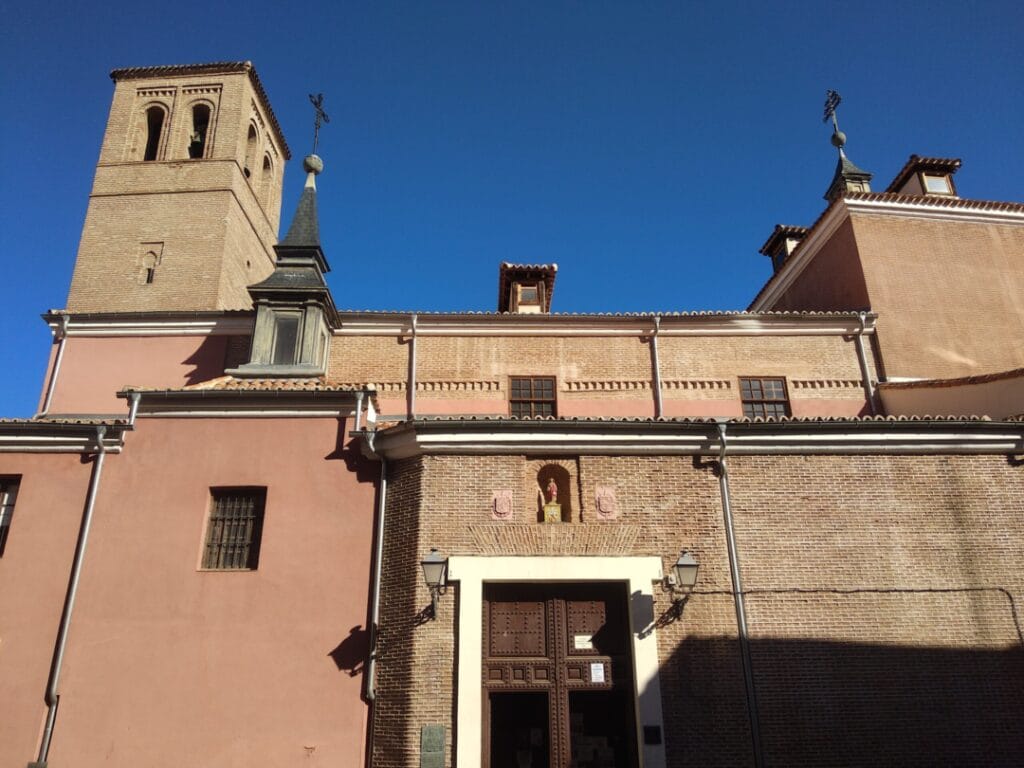
Bearing the weight of so many years, it’s leaning slightly to the side these days. Perhaps this has something to do with its bell, which, legend has it, was too large to fit up the stairs when the workmen came to install the thing: the story goes that after admitting defeat they laid down their tools and on their return the next day, the bell miraculously appeared installed within its tower. This wasn’t the only time the bell is said to have moved of its own accord. Local folklore has it that the bell has rung on its own twice, each time marking a tragic event in Madrid’s history:
Key moments in Madrid’s history
The death of Felipe II
The first time the bell tolled without a bellringer was when Felipe II died in El Escorial on 13 September 1598. As well as being an important player on the global stage, Felipe was the man who settled the court in Madrid, effectively making it the capital of Spain. His reasons for turning a rather insignificant town into the hub of a vast empire are complex but if you’re interested, here’s why Madrid became the capital of Spain. Needless to say, the decision brought a huge amount of wealth to a sleepy backwater, which surely makes his passing more than worthy of a supernatural bell ringing!
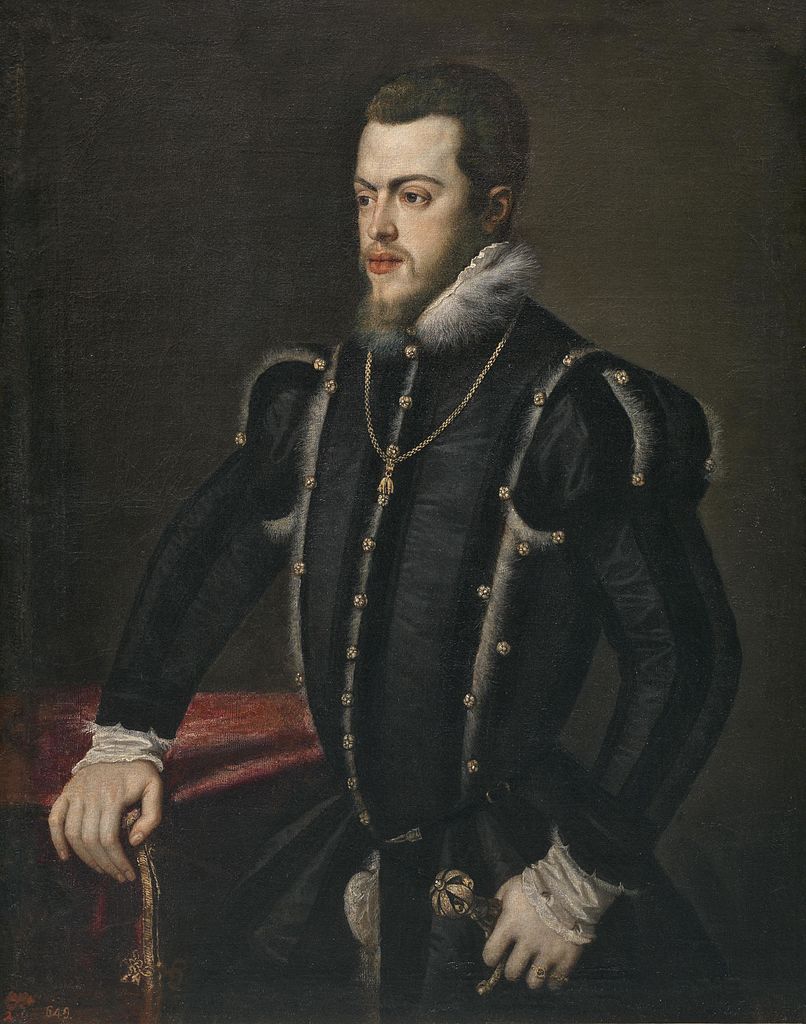
The uprising against the French
On May 2 1808 Madrid was occupied by French forces and its citizens looked on helplessly as French troops prepared to take Infante Francisco de Paula away to France. As their king had already been removed to a gilded imprisonment in France, the mood was bleak. When the infante appeared on the balcony, someone in the onlooking crowd shouted “They’re taking him from us!” The mob surged forward and French troops responded by firing into the crowd sparking a bloody uprising that was brutally put down the next day.
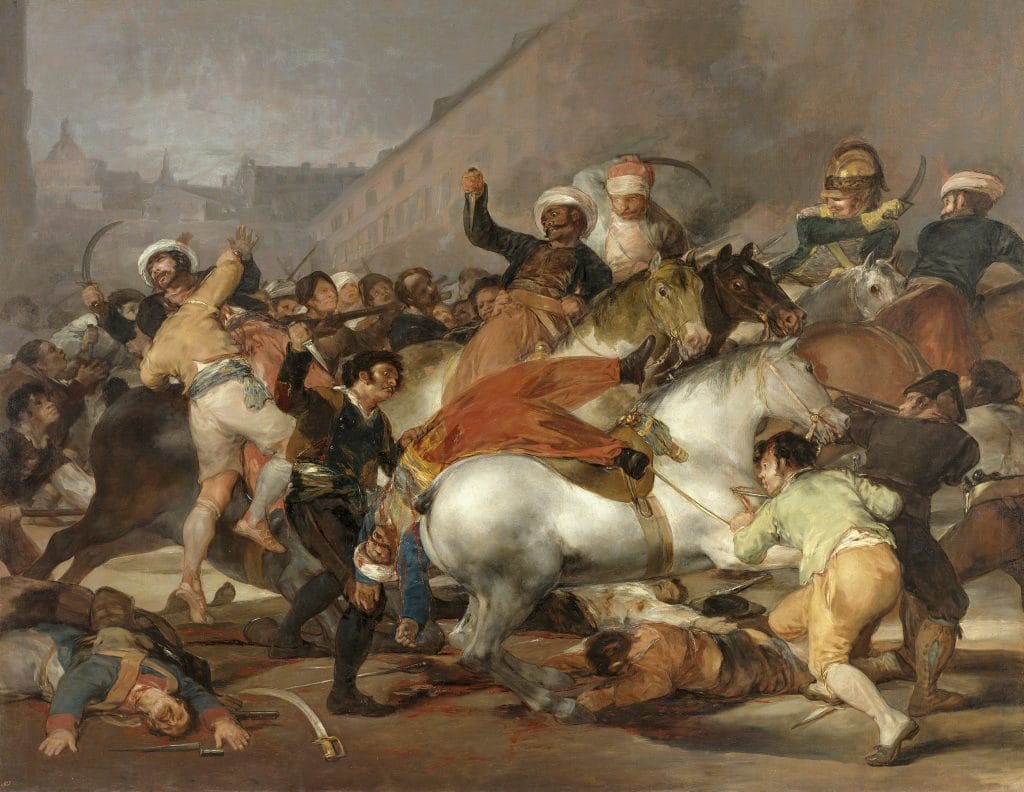
Sort the fact from the fiction on a tour of Madrid
If Madrid’s history interests you, why not book yourself in for a tour? In my Early Years tour, I give an overview of the city’s history from its beginnings as an outpost of Islam up through to its days as the hub of the Spanish Empire. My Muslim Madrid tour covers the city’s medieval history, while in my Malasaña tour, I recount the complex history behind the May 2 uprisings. As a seasoned guide and passionate historian, equipped with insights from being a Lonely Planet guidebook writer and freelance journalist, I am eager to unveil a hidden side to the city most tourists miss out on. To find out more, get in touch.
